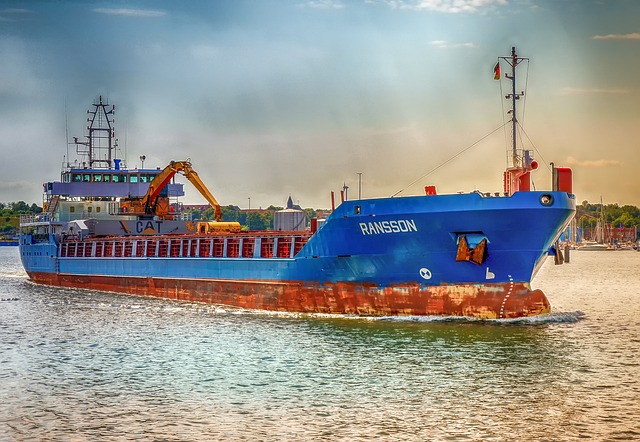Understanding vehicle shipping costs is key to navigating this complex process. Costs vary by vehicle type, size, distance, and chosen shipping method (open-carry or enclosed trailer). Open-carry is cheaper but risks weather damage, while enclosed carriers offer better protection at a higher cost. Additional fees may include insurance, fuel surcharges, and specialized handling. Pre-shipping preparation like checking fluid levels and cleaning ensures optimal condition for transport, saving on hidden vehicle shipping costs. Selecting the right shipping method—considering budget, distance, vehicle type, and desired speed—ensures safe delivery with costs tailored to individual needs.
Shipping a vehicle can be a smooth process with the right preparation and knowledge. This guide offers insights into navigating the world of vehicle shipping, focusing on understanding vehicle shipping costs and breaking down associated expenses. Learn how to prepare your vehicle for safe transport and choose the optimal shipping method to ensure damage-free delivery. By following these steps, you’ll streamline the process, saving time and money.
- Understanding Vehicle Shipping Costs: Breaking Down Expenses
- Preparing Your Vehicle for Safe Transport
- Choosing the Right Shipping Method: Ensuring Damage-Free Delivery
Understanding Vehicle Shipping Costs: Breaking Down Expenses

Shipping a vehicle can be a complex process, but understanding the costs involved is a crucial first step. Vehicle shipping costs vary greatly depending on several factors. One of the primary determiners is the type and size of the vehicle; for instance, shipping a small car will be significantly less expensive than transporting a large SUV or truck. Distance plays a significant role as well—the further the destination, the higher the cost.
Additionally, the shipping method chosen can substantially impact the overall price. Common options include open-carry trailers, which are more affordable but expose the vehicle to potential weather damage, and enclosed carriers, which offer better protection but come at a higher cost. Other expenses may include additional services like insurance, fuel surcharges, and fees for specialized handling of certain types of vehicles. Breaking down these costs allows potential shippers to make informed decisions, choosing the best method that aligns with their budget and needs.
Preparing Your Vehicle for Safe Transport

Before shipping your vehicle, it’s crucial to prepare it for safe transport. Start by ensuring all fluid levels are at the recommended marks and that the gas tank is either full or completely empty, as many shipping companies have specific requirements. Check the tires for proper inflation and any signs of damage; if needed, rotate the tires to even out wear. All personal items should be removed from the vehicle, including loose belongings, valuable items, and any sensitive documents. It’s also essential to clean the car thoroughly, both inside and out, as a clean vehicle can help reduce shipping costs by avoiding potential charges for cleaning during transit.
Additionally, prepare necessary paperwork, such as the title, registration, and insurance information. Make sure these documents are up-to-date and easily accessible. Some companies may also require a pre-inspection report or a condition survey before shipping, so be prepared to provide this if requested. By taking these steps, you’ll ensure that your vehicle is in optimal condition for safe and efficient transport, potentially saving you on hidden fees related to vehicle shipping costs.
Choosing the Right Shipping Method: Ensuring Damage-Free Delivery

When shipping a vehicle, selecting the appropriate method is key to ensuring a damage-free arrival. The first step involves evaluating your needs and budget, as different shipping options come with varying costs and benefits. For instance, open-carrier shipping is cost-effective but leaves vehicles exposed to weather and road debris, increasing the risk of damage. Enclosed carrier transport offers better protection against these elements but comes at a higher price point.
Consider factors like distance, vehicle type, and desired delivery speed to make an informed decision. Longer distances and certain vehicle types may warrant enclosed transport for peace of mind. While this option is pricier than open-carrier shipping, it’s essential in securing your vehicle’s condition during transit. Weighing these variables will help you choose the safest and most economical method, ultimately ensuring a stress-free delivery experience.
Shipping a vehicle can be a straightforward process with the right preparation and knowledge. By understanding the various factors that influence vehicle shipping costs, ensuring your car is ready for transport, and selecting an appropriate shipping method, you can achieve a safe and efficient delivery. Remember, careful planning is key to navigating the world of vehicle shipping without unnecessary stress or hidden fees.
